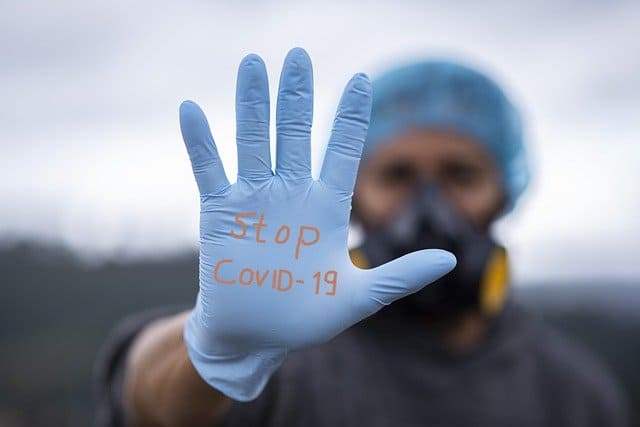Today, with so many streaming platforms, we are used to seeing series and films with subtitles. This is a world in which, perhaps, you don’t stop to think about the challenging “hidden” task: the translation of the subtitles.
Subtitle translation is a task that has a series of strategies and curiosities that we are sure you will love to learn about like, for example, what happens with vernacular languages and dialectsin the world of subtitle translation. Sit back, relax, and let us tell you about this curious subject.

Subtitle translation: a miniscule task
Don’t go thinking that translations of series, documentaries, and movies are done based on the original speech. Sometimes what is translated are the subtitles.
A task that entails, in addition to straight translation, interpretation; that is to say, the adaptation to the target language while taking into account that the subtitles have to make sense when sometimes, upon translation, they lose some of their meaning.
To do these translations, experts in this science that is translating have a series of strategies. These are strategies that include having subtitle editors, of course, but also other practical and versatile tools for the translator.
The most common strategies in this type of translation
One of these strategies consists of analyzing and becoming familiar with the communicative context of the text. It is not the same to translate the subtitles of a film as it is to translate the subtitles of a promotional video for a company.
Another of the strategies used consists of using the text to get to a preliminary meaning which will then be modified during the interpretation phase, taking into account important parameters like the idiosyncrasies of the language itself, the context, etc.
In any case, the final result of the subtitles’ translation will be what marks the difference between a processional and literal translation. In this day and age, the truest meaning is highly valued by companies and by those who seek this type of translation. Audience satisfaction depends on loyal translations, and part of what sets a product and its subtitles apart is precisely audience satisfaction.
A true translation in the vernacular languages and dialects is essential. Those dialects and the importance of being familiar with the histories behind each and every one of them. An essential connection for the quality of a professional translation in this day and age.
The translation of subtitles in vernacular languages
As we have said in other posts, these languages are those that come from Latin. In this sense, the translation of subtitles goes a step further, when it is more necessary than ever to know the history of that language to be able to get the most professional translation and interpretation possible.
In the science of translation in general, and in terms of translating subtitles in particular, being familiar with that origin is the only way to really capture the meaning of the text in a true and tried way.






